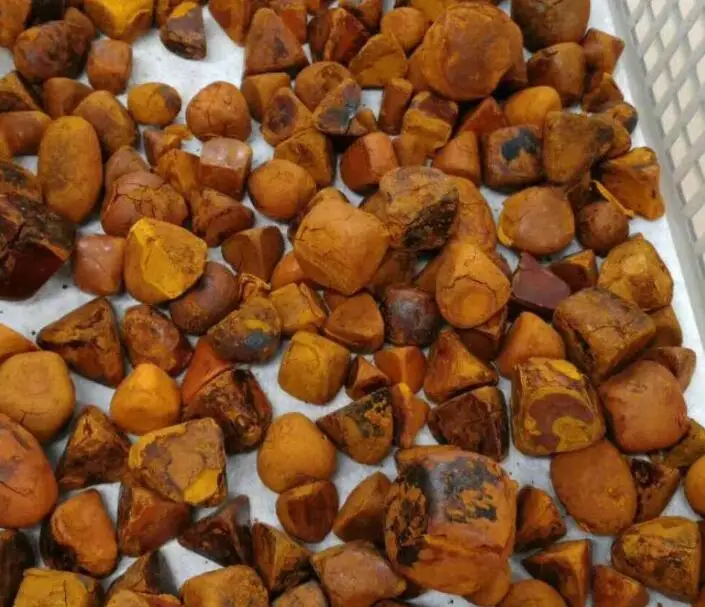Ancient Greeks and Romans believed Ox Cow gallstones for sale online were a present from the sea god Poseidon/Neptune. Despite their fragility, seahorses were perceived to be a image of power and power. You will find three species of seahorse present in the Mediterranean Sea.
These are the Hippocampus hippocampus or long snout, the Hippocampus brevirostris or small snout, and the Hippocampus fuscus which emigrated from its native habitat in the Red Sea. Many Europeans believed these equine-like creatures bore the souls of lately departed sailors, providing them safe passing to the underworld and guarding over them until their souls designed their destiny. Seahorse fossils have already been found relationship as far back as 13 million years. Here we shall target both the seahorse collectively and one specific species Hippocampus kuda also called the common seahorse.
The normal seahorse is indigenous to the Indo-Pacific. Twenty-three nations have proved the presence of H. Kuda ranging as much south as Australia to as far north as China. Seahorses have already been procured by Asian herbologists because of their supposed healing characteristics for centuries. Indigenous populations throughout Indonesia and the Central Philippines also use seahorses as a factor in herbalistic medicines. It’s estimated that as much as 20 millions seahorses a year are harvested to support that booming industry.
Over fishing has pushed seahorse populations to the verge of becoming endangered species. The most popular seahorse is stated as a prone species by CITES (the Tradition on International Business in Jeopardized Species of Wild Fauna and Flora, also referred to as the Washington Convention). CITES has regulated the import and ship of seahorses in that area of the world since 2004. Regrettably Indonesia, Japan and South Korea don’t realize the industry principles set in position by the Washington Convention.
Seahorses really are a boney fish. They are without scales. They’ve a thin coating of epidermis stretched around some bony dishes established in rings. Each individual species has a certain quantity of these rings. Seahorses have a cornet on the heeds. These cornets are unique to each seahorse. Number two are similar similar to an individual fingerprint.
These creatures move vertically, a trait specific to seahorses. They are bad swimmers who shift really slowly in the water. Propulsion is achieved by the quick flutter of the dorsal b on the backs. They maneuver with the use of their pectoral fins found behind their eyes. They do not get a caudal (tail) fin. In their place there’s a prehensile trail which they twist around stationary things to anchor themselves.
In an aquarium seahorses should be provided with items to point themselves to. Coral and small limbs can suffice nicely. These are fearful animals that will never be located with actually reasonably intense species. They’re quickly stressed. Prolonged periods of stress can lower the efficiency of the immunity system making them more susceptible to disease. Gobies and other docile mannered fish can make suitable reservoir mates. Seahorses are mostly base dwellers. They’ll peacefully coexist with ornamental crustaceans and other bottom feeders. This makes them the right compliment to a maritime reef aquarium.
Inexperienced aquarist should not test to improve seahorses. You is only going to complete the pointless death of a rapidly vanishing species. Seahorses are merely recommended for the more knowledgeable saltwater aficionado. All seahorses are carnivorous. They use their snouts to pull in zooplankton as a source of nutrition. Upon initial introduction to a house aquarium sea horses might just eat stay food offerings. Rotifers, mysis and brine shrimp should support persuade them to start feeding. With consideration they may be weaned away from stay food. These are gradual feeders and mustn’t be made to contend because of their food.
